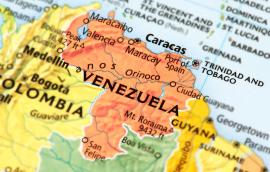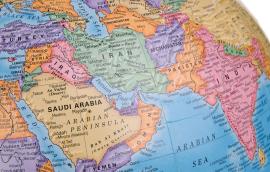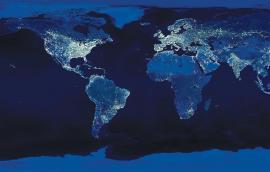Second Chances: The Economic and Social Benefits of Expanding Drug Diversion Programs in Harris County
In this report, the authors analyze the potential benefits of expanding jail diversion programs for low-level drug offenses in Harris County.
Katharine Neill Harris, Jay Jenkins September 28, 2015







